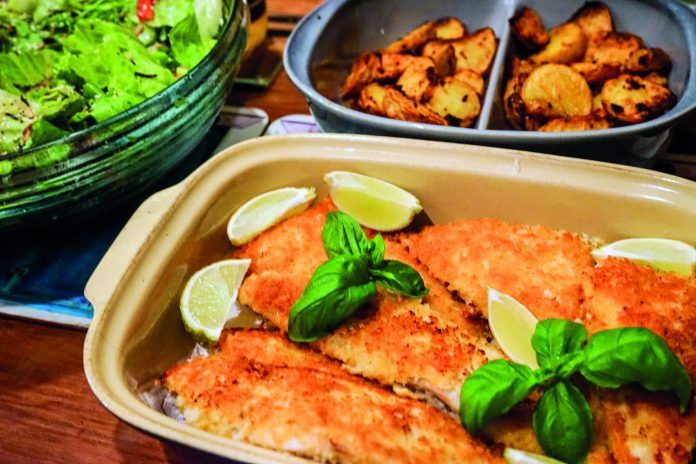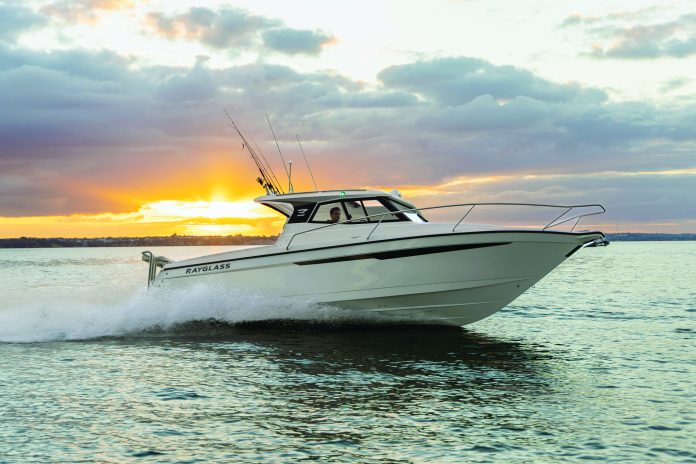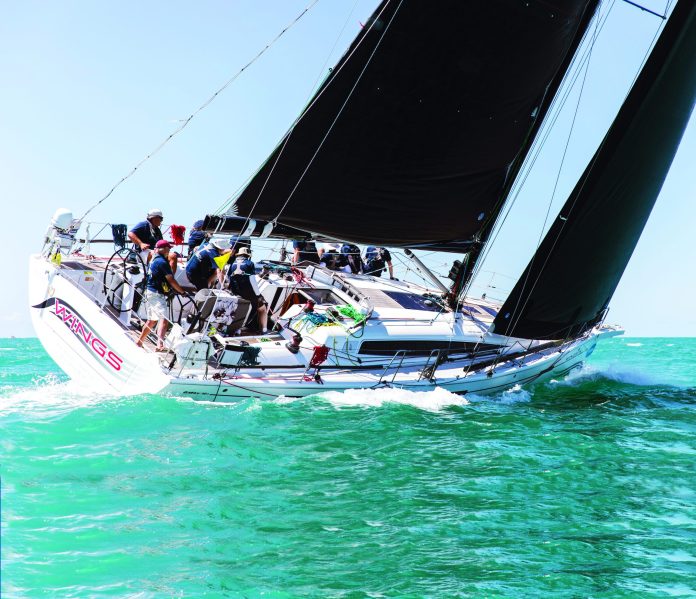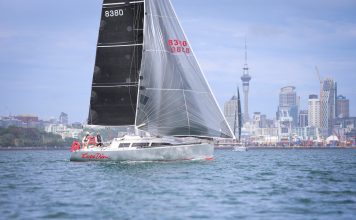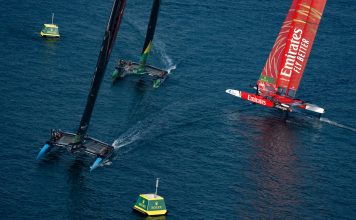So, using the more popular techniques, how can you stir up reticent kings to take your offering?
Fishing with baits
Live baits: While it is well known that fishing live baits is often the most effective way to catch kingfish, not all live baits are created equal!
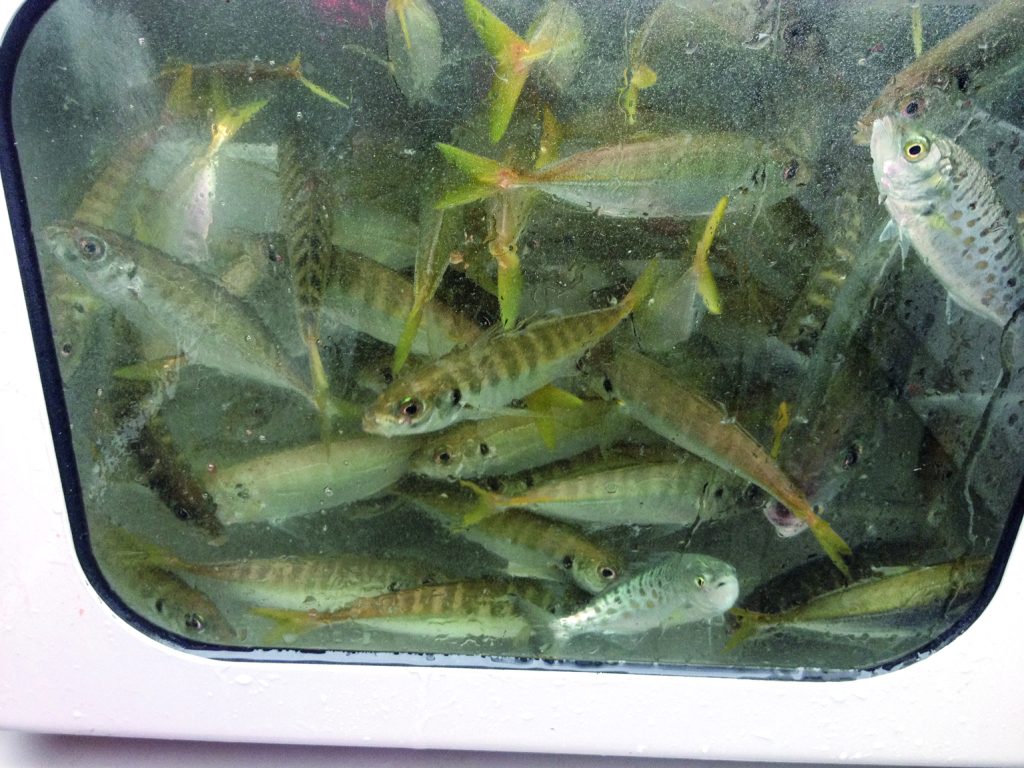
Baits should be of a decent size and as fresh and lively as possible; the extra flash and vibrations they produce will attract kings from further away and are more likely to excite them enough to chase and bite. I personally like strong baits such as large mackerel, koheru and 1-2kg kahawai. Yes, live piper/garfish are hard to beat when it comes to getting bites, but smaller fish of other species like to eat them too!
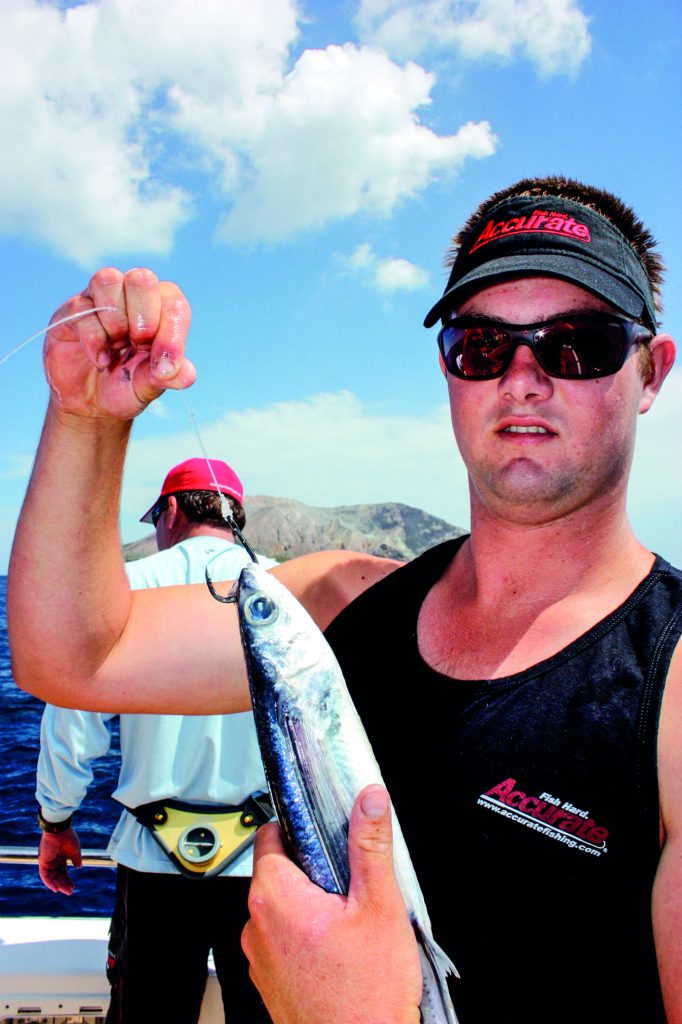
Keep the nylon or fluorocarbon trace as light as possible and use a hook that’s not too obvious, of a size to match the size of your bait, not the size of the fish you hope to catch! It’s amazing how strong some of the smaller live-bait hooks are. When in doubt, it’s better to go a bit small with the hook and concentrate on placement to ensure a successful hook-up (the illustration nearby shows an excellent way to hook kahawai, koheru and mackerel).
Kingfish are fired up by panicking baitfish racing around, so use longer leaders where possible – 5-6 metres when tethered to balloons or around one metre with running sinkers. Free-swimming baits should be allowed to swim away with the reel in freespool rather than being held tightly. It’s amazing what a difference it makes.
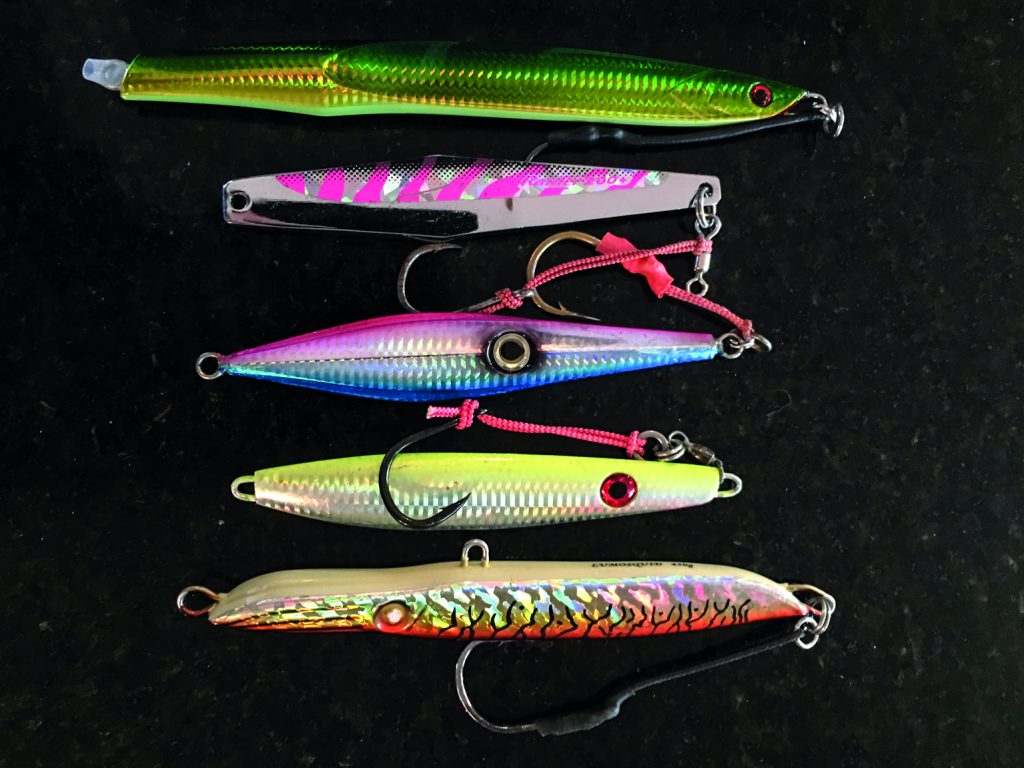
Dead baits: It’s not always possible to get a supply of live bait, but suitable dead baits can also turn ‘lookers’ into ‘eaters’.
In most cases, kingfish respond better to dead baits that move, so try head/nose-hooking a baitfish they enjoy eating, such as piper (break off the beak to stop it spinning), flying fish, mullet, or koheru. Rigged that way, they can be pulled headfirst through (or across) the water in a reasonably realistic manner and also lifted and dropped repeatedly using a running-sinker rig. This last technique is a great way to tease wary kings into biting.
Dead fish that ‘wriggle’ are more likely to be taken than stiff, spiralling ones. Try limbering up dead baits with your hands, or butterfly them so the cut fillets flap around when moved through the water.
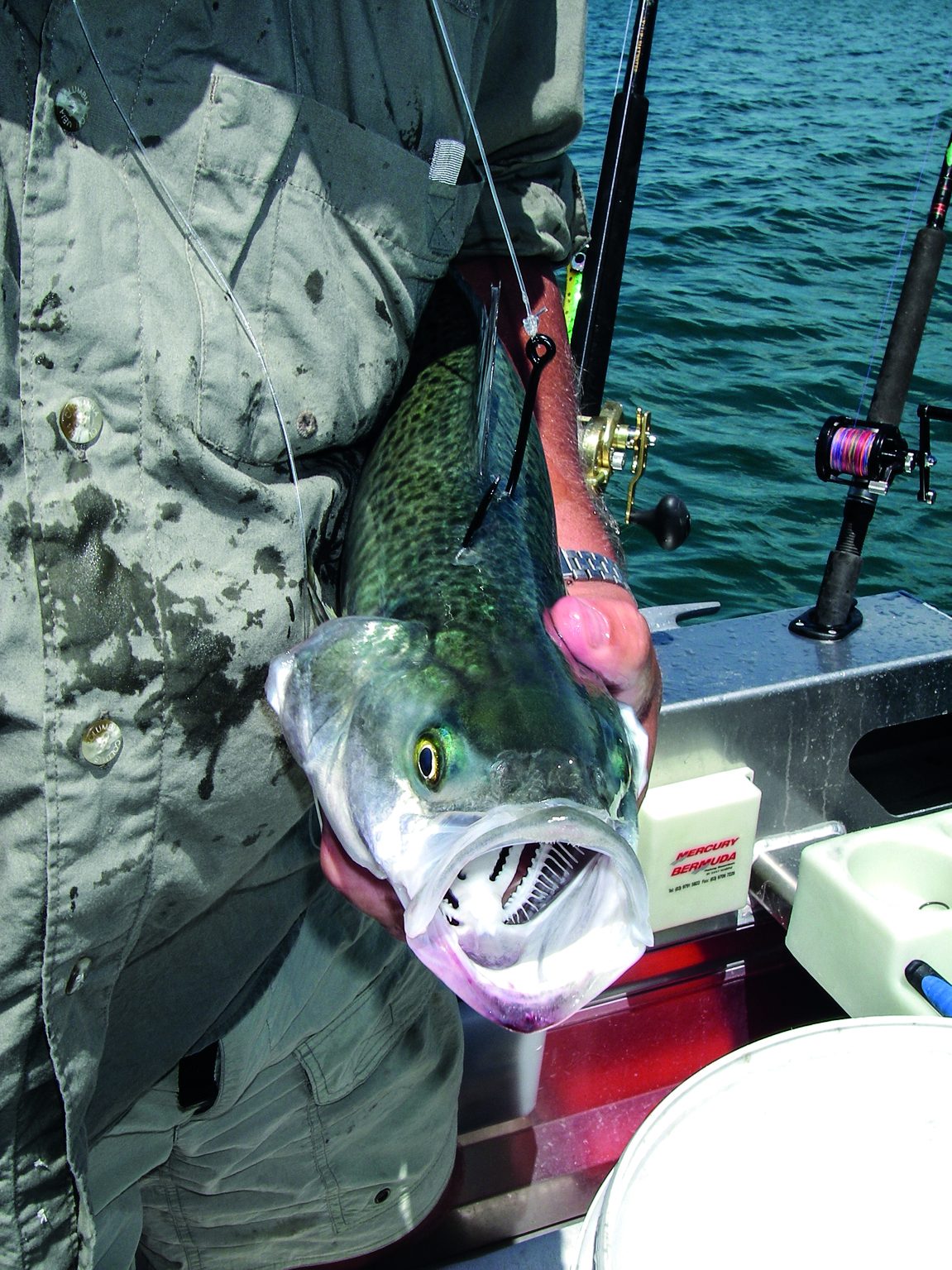
That said, some of my biggest kings have been caught on massive, static dead baits such as 4kg trevally and skipjack tuna weighing as much as 6kg. Sometimes big, stationary baits are tempting enough in themselves to attract attention, and are easier for kingfish to grab and swallow than frantically fleeing livebaits.
Chunk baits
If a king shows up in the berley trail, but refuses all offerings, try cutting up some fish into chunks and regularly throwing them in two or three at a time. Kings often start feeding on these morsels, but be patient! Wait until they’ve become super-confident, smashing each chunk as it hits the water, before dropping in a slightly bigger piece with a small live-bait hook buried inside. This should be attached to the lightest leader you dare use, maybe 50-80lb (24-37kg). If it survives the first few seconds after splashdown, allow the chunk to sink as naturally as possible.
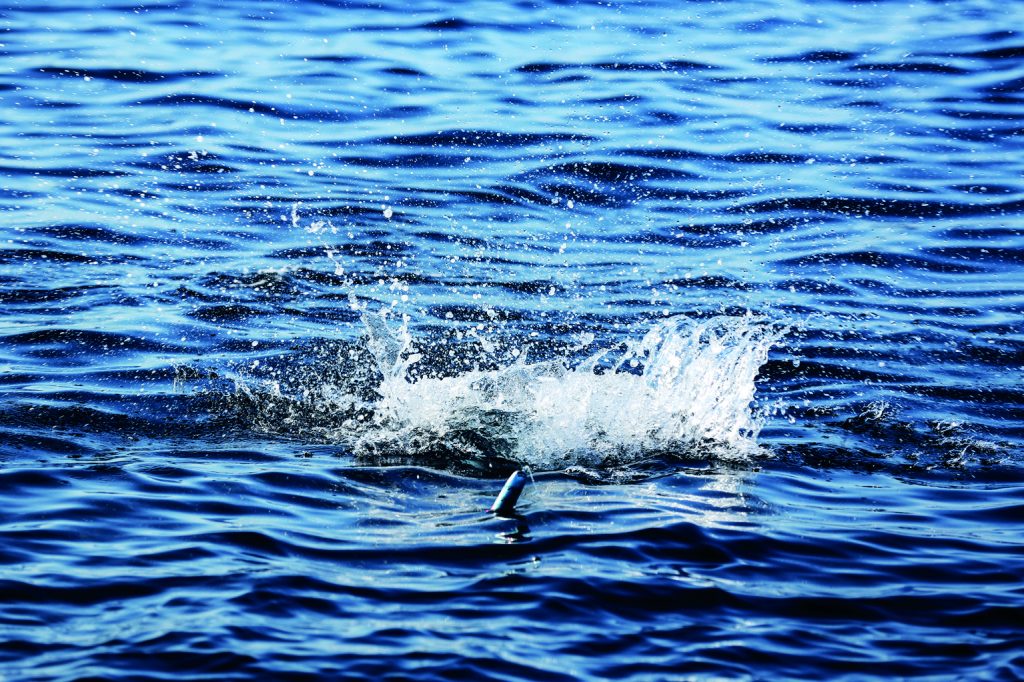
Jigging
Jigging is a very effective way to target kingfish holding deeper in the water column, but successfully getting them to bite depends on many factors.
Experiment with your mechanical-jigging speed, as well as how exaggerated (or not) the rod lift and drops are. Long, slim lures usually get more bites when the mechanical-jigging speeds are faster, while wider, more fluttery jigs suit slower, more exaggerated lift and drops.

Selecting the right jig colour can make all the difference at times (contrary to popular belief, fish are not colour blind, they just see colour differently to us), with factors such as water clarity/murkiness, darkness/brightness and water depth affecting what works and what doesn’t. I’m a fan of pink, pink-blue, green-yellow, and orange, as well as UV reflectiveness, luminosity and fluorescence.
Again, to get more bites keep the trace material as light as possible for the conditions.
Top-water lures
Carrying a suitable top-water outfit rigged with a decent stickbait or popper means you’ve always got something to cast out and attract kingfish, which may or may not bite.
If fishing with a mate, one of you should be rigged with a popper and the other with a stickbait. Poppers are renowned for attracting kingfish, but they don’t always get crashed. Stickbaits, on the other hand, tend to be demolished more readily but lack the irresistible water-shifting disturbance of poppers. Find out which type of lure they want at the time by casting out both.

As already mentioned, the popper’s noise and splash is very effective at attracting kings from afar, so use this quality to bring them closer to where, perhaps, you have set a live bait hoping it will sway an excited (but unconvinced) kingfish into biting.
Bigger is not always better, but nor is smaller. Preferred lure colours can change day by day and hour by hour. Kingfish can be contrary! So if your lure is being ignored or just swirled on, try a different size, shape or colour. Kingfish are also notorious for ‘wising up’ to a lure but may still be susceptible to something very different.
Repeated swirls behind your top-water lures but no strikes would suggest a different retrieve may be needed. Perhaps try shorter, sharper movements to get reluctant fish biting or to simply leave the lure motionless on the surface for a few seconds!
My final advice concerning challenging kings is to be prepared. If one technique is not working, try something else, because there’s usually a trigger to get these voracious carnivores to feed!
















